While there still remains a group of skeptics out there that doubt the legitimacy of NASA’s space exploration program, specifically calling into question the proof provided that the Agency successfully landed on the moon some 45 years ago, the following collection of never-before-seen photographs might give reason for reconsideration.


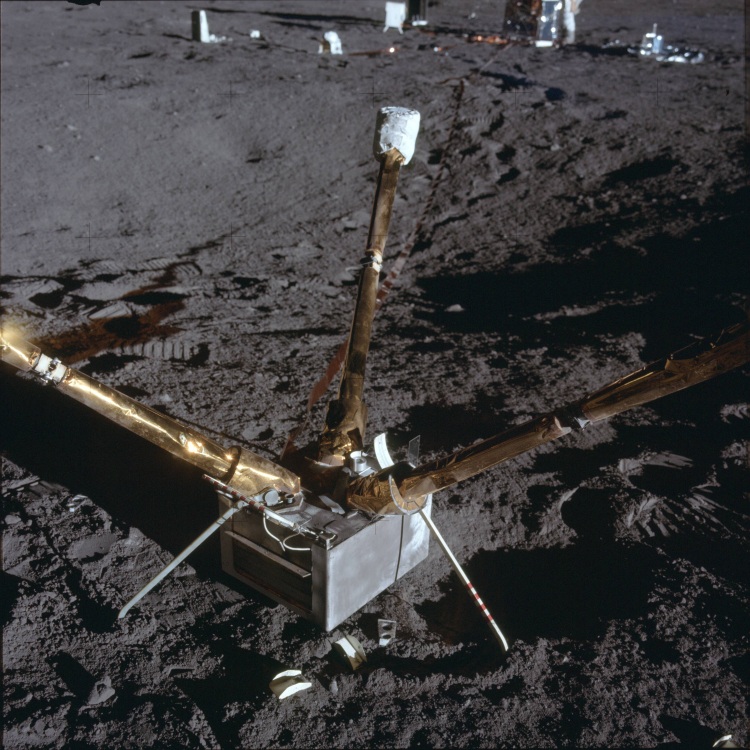
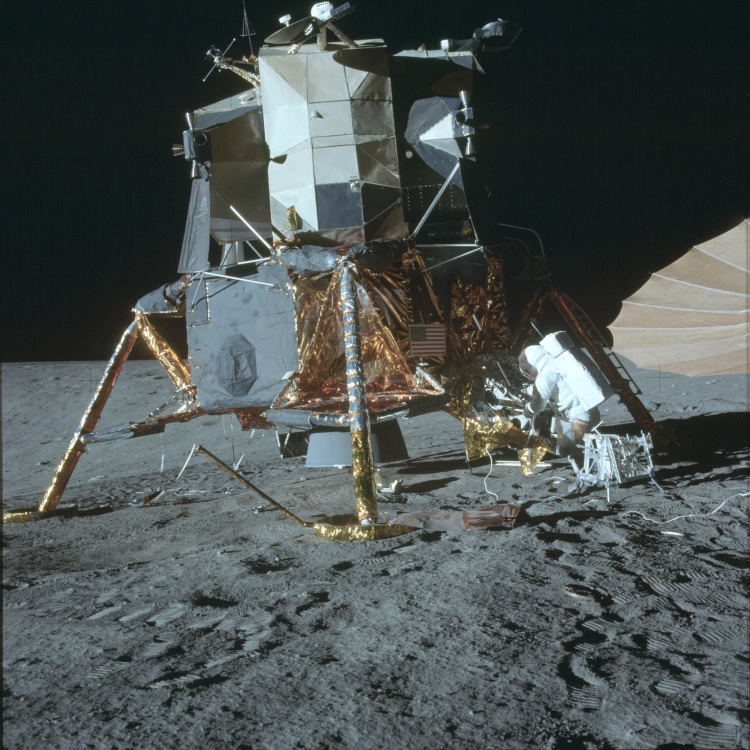
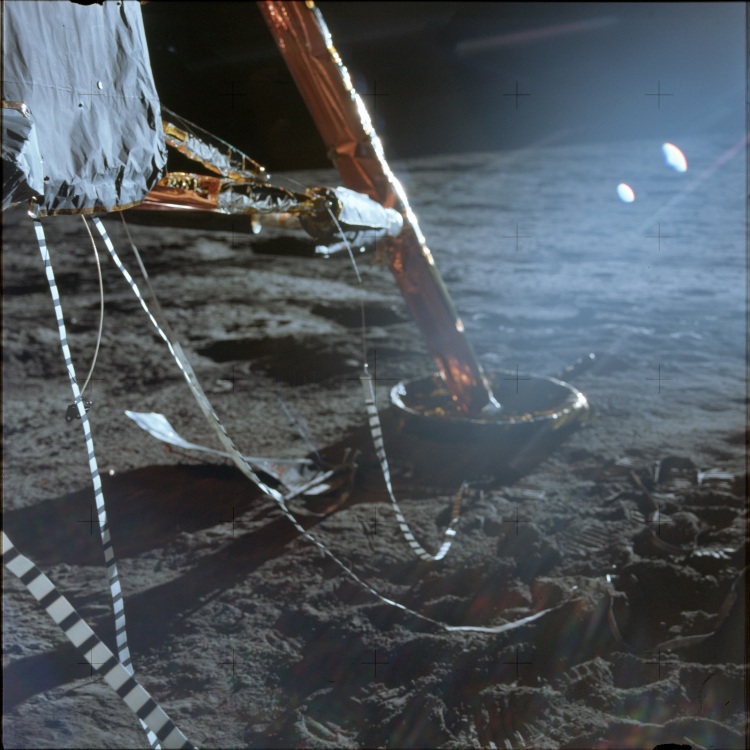
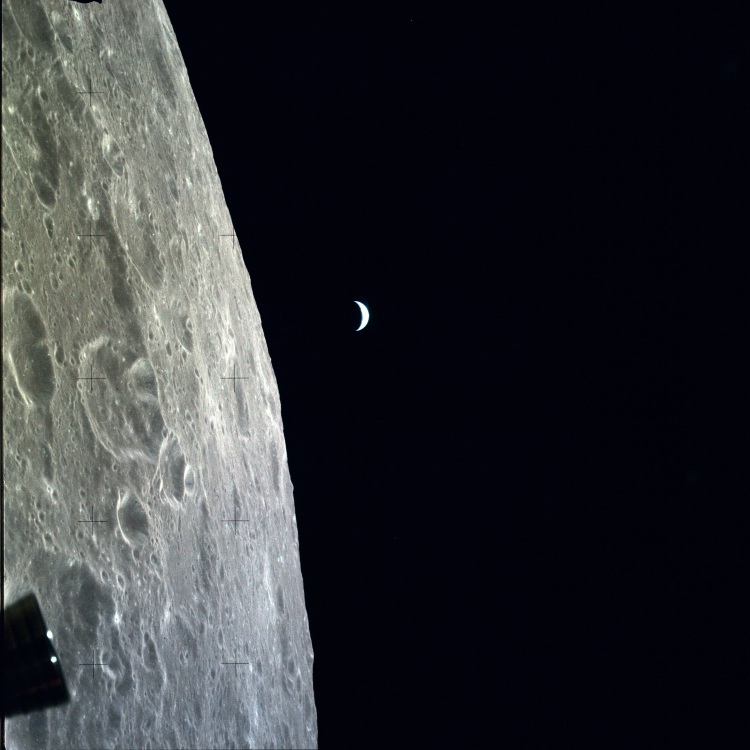
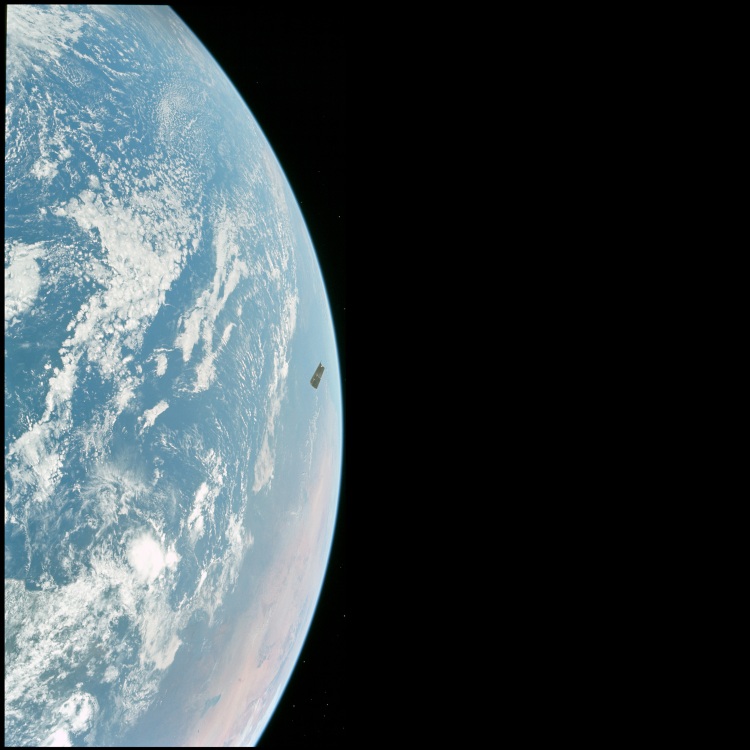
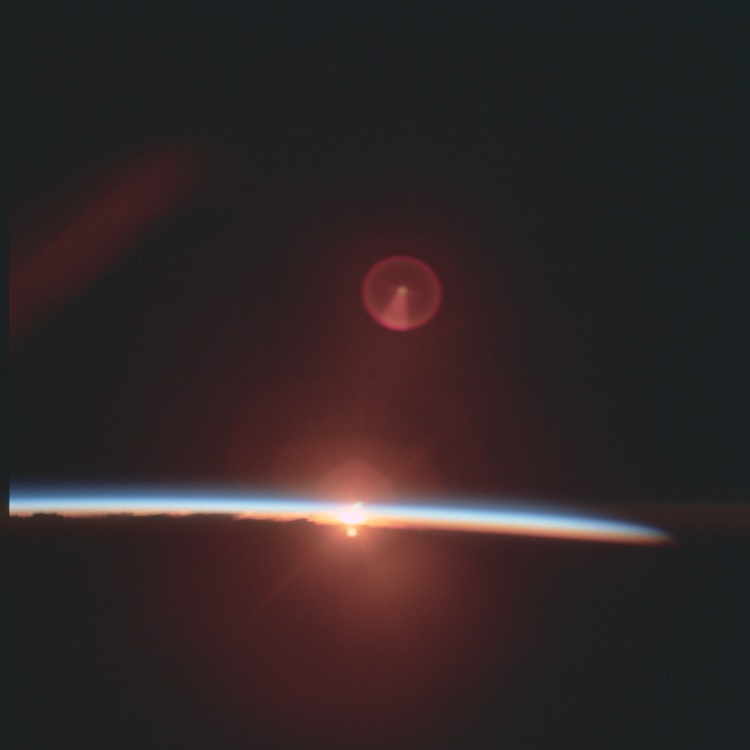

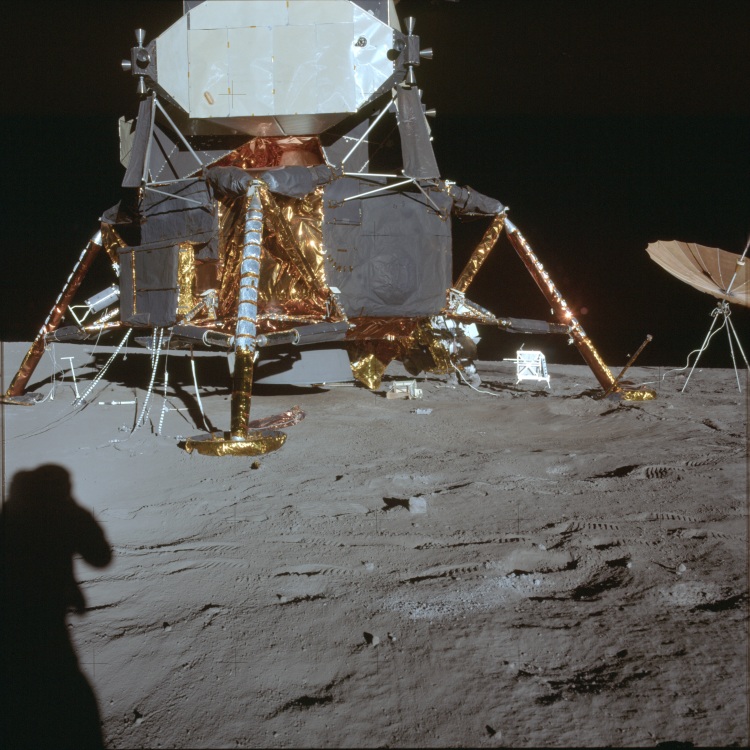
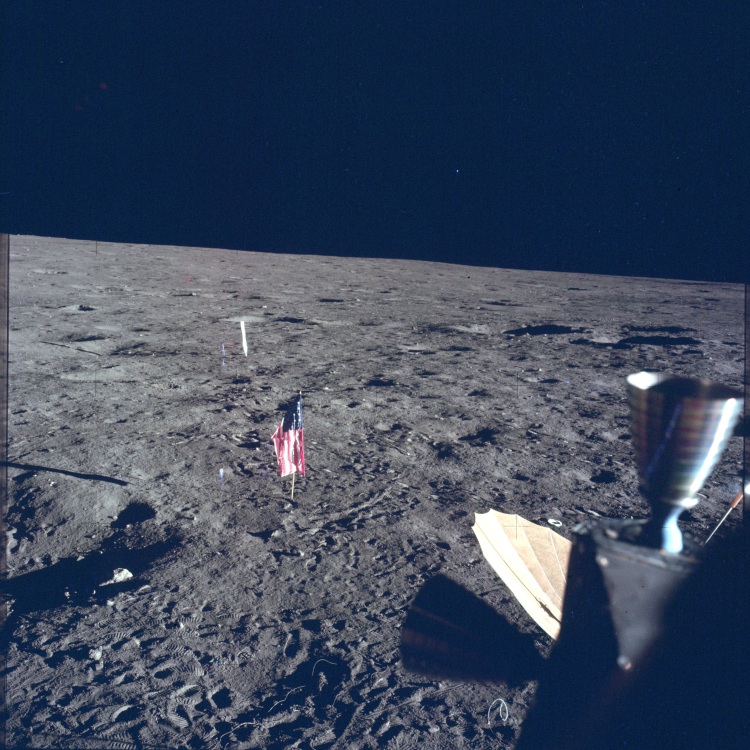


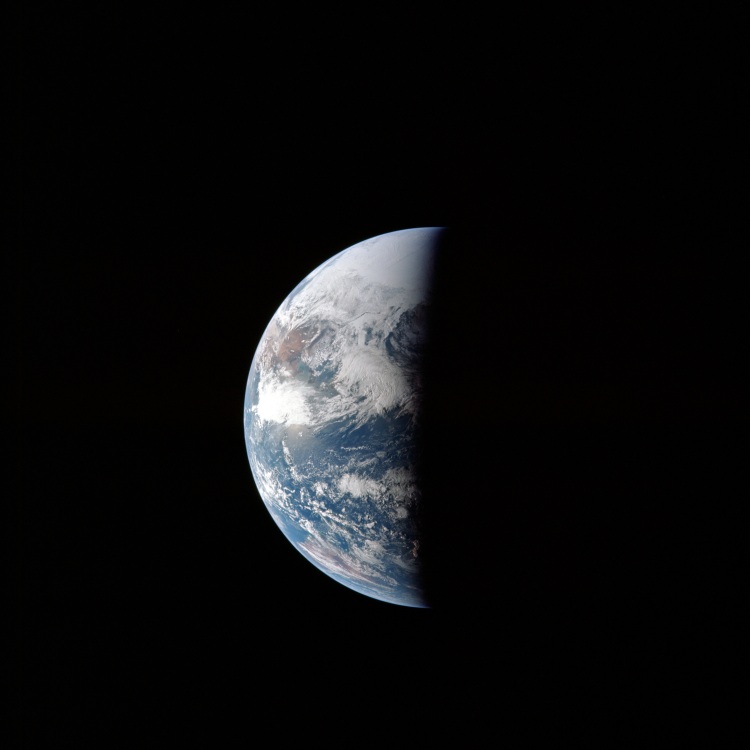

These 15 photographs were released by the Lunar and Planetary Institute, a research institute that provides support services to NASA and the planetary science community, and conducts its own planetary science research with a full roster of staff scientists, visiting researchers, and postdoctoral fellows.
In 1968, President Lyndon B. Johnson described the Lunar and Planetary Institute as “a center of research where scientists working in the sciences of space cooperate to profoundly affect the community’s knowledge of the universe.”
Today, the Institute serves three main purposes:
Research Science : This includes studies on the formation, evolution, and current state of the Moon, planets, comets, asteroids, planetary satellites, cosmic dust, and the solar system as a whole by way of data and samples provided by NASA vis-à-vis its missions and explorations.
Service to NASA and the Planetary Science Community : The Institute coordinates scientific meetings on lunar and planetary topics, and disseminates scientific information collected through technical journals and conferences.
Education and Public Outreach : Lastly, the Institute is tasked with developing education and public outreach programs for the purpose of enhancing public appreciation of lunar and planetary science.
It’s the latter purpose that leads us to this collection. The images were released as a collection online and quickly spread across the Internet, including popular content aggregation sites Reddit and Imgur, whereupon the images went viral.
While no clear purpose behind the release of these images is indicated, they do assist both the Institute and NASA with confirming the legitimacy of the Agency’s Apollo program, and puts into perspective the risks associated with space exploration, especially when one sees how fragile the lander looks in these photos, and then considers that the hull itself was about as thick as a few sheets of tin foil.
The images also spurred a good deal of conversation about the Apollo program, with users sharing information about missions they’ve gleaned over the years. A good example is one commenter asked what the astronauts did with dust collected on their suits. A fellow space enthusiast responded with this transcript from the Apollo 17 mission after they closed out their first EVA (extra-vehicular activity):
123:43:58 Cernan: Pick up your right foot. (Pause) Jack, you're just going to have to get up on that ladder somewhere so I don't get the dust all over this thing.
123:44:04 Schmitt: Well, I've got to dust you, too. (Pause)
123:44:08 Cernan: Well, okay. Go ahead and get me.
123:44:11 Schmitt: Yeah, where's your brush?
123:44:12 Cernan: Right on the hook. (Pause)
[This is a hook on the inside of the ladder strut.]
123:44:15 Cernan: Let me see what I can do. (I'll be able to) kick most of it off, I hope.
123:44:18 Schmitt: You have to go anywhere else, now?
123:44:20 Cernan: Just right around here; no place but right around here. (Pause) Man! That (dusting)'s like a super-endless task. (Pause) Get the top of that thing (possibly Gene's RCU) if you can.
123:44:44 Schmitt: Oop. Oop. Landed on a slope.
123:44:49 Cernan: Yup.
[They may have dropped the dustbrush.]
123:44:52 Schmitt: Okay. That's good.
123:44:56 Cernan: How about the arms?
123:44:58 Schmitt: Can you hold them up and shake them, too, in case there's anything down in them?
123:45:00 Cernan: Let me just…Yep. Let me get lower so you can get at me. Okay, how's that? (Pause)
123:45:13 Cernan: But, at best, it is going to be bad but we want to get as much off as we can. (Pause) How about this one?
123:45:29 Schmitt: Guess I can come around on the other side, if you want.
123:45:31 Cernan: Yeah, I can hold on (to the ladder) better that way. (Long Pause)
123:45:56 Schmitt: It's taking some of it off.
123:45:57 Cernan: Yeah.
123:45:59 Schmitt: Hold still.
123:46:02 Cernan: I'll get up on that ladder and you get a whack at my legs, best you can. And I'll kick my boots clean. (Pause)
The fact of the matter is there’s a ton of information available online that pertains to the Agency’s manned lunar landing program. If you want to see more photos like the ones collected here, or to learn more about the program, two good places to start would be the Lunar and Planetary Institute and The Project Apollo Archive.
Advertisement
Learn more about Electronic Products Magazine





